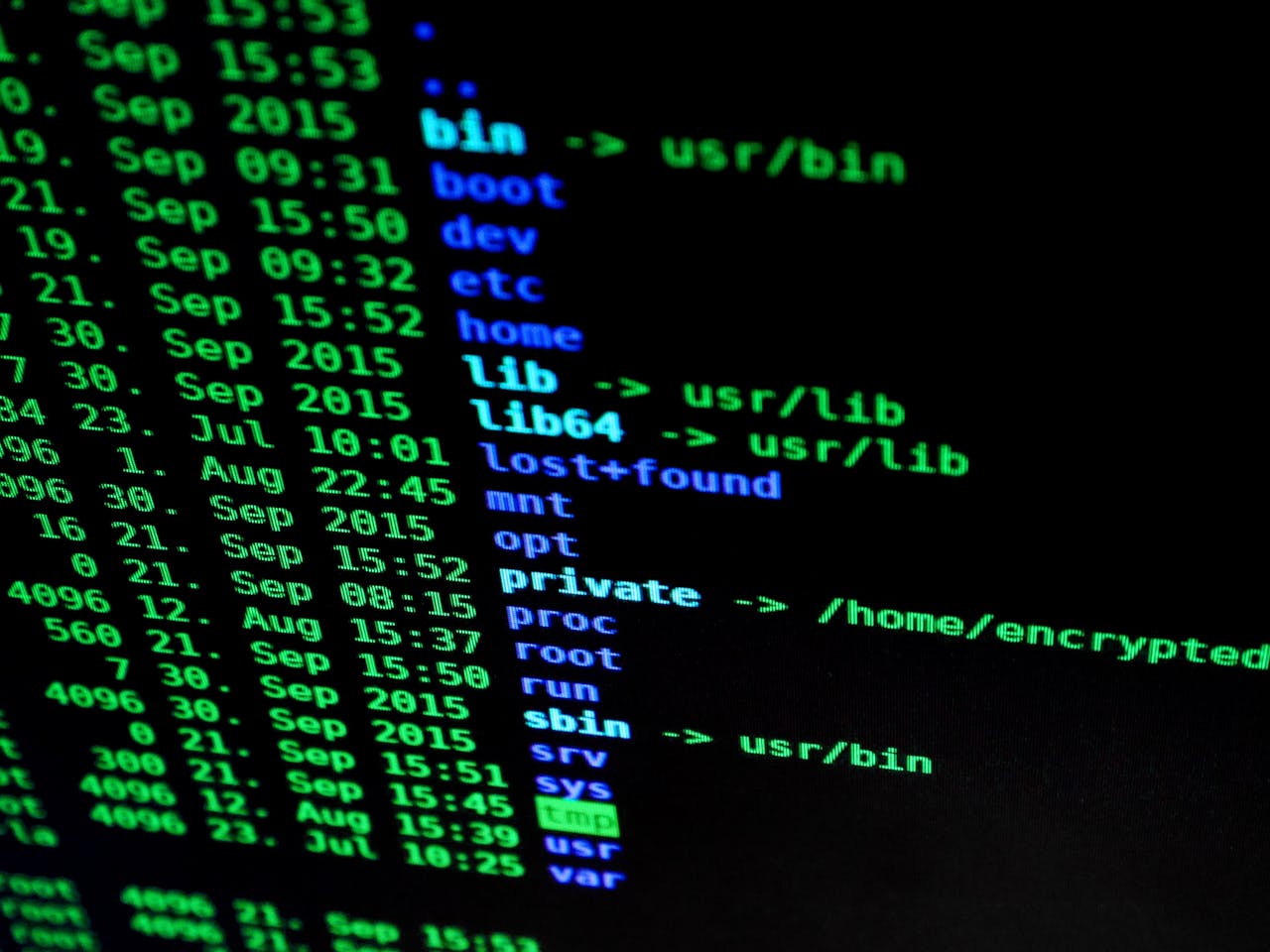Identity and Access Management (IAM) Essentials: Safeguarding Your Business in a Connected World
In today’s connected world, businesses face increasing threats from cyber-attacks, data breaches, and unauthorized access. Identity and Access Management (IAM) is a critical component in safeguarding your business against these threats. This article will explain the basics of IAM, its importance, and how it helps protect your business.
What is Identity and Access Management (IAM)?
Identity and Access Management (IAM) refers to the policies, technologies, and practices that organizations use to manage and secure user identities and their access to resources. In simpler terms, IAM ensures that the right people have the right access to the right resources at the right time.
IAM systems help manage who can access what within a company’s digital environment. For businesses looking to implement or enhance their IAM practices, seeking professional IAM Consulting can provide valuable insights and tailored solutions. This involves managing user identities, their permissions, and their roles within an organization.
Why is IAM Important?
- Protecting Sensitive Information: Businesses store a lot of sensitive information, including personal data of customers, financial records, and intellectual property. IAM helps protect this information by controlling who can access it.
- Preventing Unauthorized Access: With robust IAM practices, businesses can prevent unauthorized users from accessing critical systems and data. This helps reduce the risk of data breaches and cyber-attacks.
- Compliance with Regulations: Many industries have regulations that require businesses to protect sensitive information. IAM helps ensure compliance with these regulations by enforcing access controls and maintaining audit trails.
- Improving Operational Efficiency: IAM systems streamline the process of managing user access. They automate tasks such as password resets and user provisioning, which reduces the workload on IT staff and improves efficiency.
- Enhancing User Experience: IAM solutions often include Single Sign-On (SSO) capabilities, allowing users to access multiple applications with a single set of credentials. This simplifies the login process and improves user experience.
Key Components of IAM
- Identity Management: This involves creating, maintaining, and managing user identities. It includes processes for onboarding new users, updating user information, and deactivating accounts when users leave the organization.
- Access Management: This component controls what resources users can access and what actions they can perform. It involves setting permissions and roles to ensure users have appropriate access based on their job responsibilities.
- Authentication: Authentication is the process of verifying a user’s identity. This is typically done through usernames and passwords, but more advanced methods include multi-factor authentication (MFA), which requires additional verification such as a fingerprint or a code sent to a mobile device.
- Authorization: Once a user’s identity is authenticated, authorization determines what actions they are allowed to perform. This is managed through access control policies and permissions.
- Audit and Compliance: IAM systems track and record user activity to ensure compliance with security policies and regulations. Audit trails help detect and investigate suspicious activities and provide evidence for compliance audits.
- Single Sign-On (SSO): SSO allows users to log in once and gain access to multiple applications without needing to enter credentials again. This simplifies the user experience and reduces password fatigue.
IAM Best Practices
- Implement Least Privilege: Grant users the minimum level of access necessary for their job functions. This reduces the risk of accidental or malicious misuse of sensitive information.
- Use Multi-Factor Authentication (MFA): MFA adds an extra layer of security by requiring users to provide additional verification beyond just a password. This helps protect against unauthorized access even if a password is compromised.
- Regularly Review Access Permissions: Periodically review and update user access permissions to ensure they are still appropriate. Remove access for users who no longer need it, such as former employees or contractors.
- Automate IAM Processes: Use IAM tools to automate tasks such as user provisioning, password management, and access reviews. This reduces manual effort and helps ensure consistency in access control.
- Monitor and Audit User Activity: Continuously monitor user activity and maintain audit logs to detect and investigate any unusual or suspicious behavior. Regular audits help ensure compliance and identify potential security issues.
- Educate Users: Provide training and awareness programs to help users understand the importance of IAM and follow best practices for password management and secure access.
IAM Challenges and Solutions
- Complexity of Managing Identities: As organizations grow, managing a large number of user identities can become complex. Implementing an IAM system with centralized management and automation can help address this challenge.
- Balancing Security and User Convenience: Striking the right balance between security and user convenience can be challenging. Solutions like SSO and MFA can help provide secure access while minimizing user frustration.
- Integrating with Existing Systems: Integrating IAM solutions with existing systems and applications can be complex. Choose IAM solutions that offer compatibility and integration options with your current IT environment.
- Keeping Up with Evolving Threats: Cyber threats are constantly evolving, and IAM solutions must adapt to stay effective. Regular updates and enhancements to IAM systems help address new security threats and vulnerabilities.
The Future of IAM
The field of IAM is continually evolving to address new challenges and technologies. Some emerging trends in IAM include:
- Identity as a Service (IDaaS): Cloud-based IAM solutions are becoming more popular, offering scalability, flexibility, and cost-effectiveness. IDaaS providers manage IAM functions as a service, reducing the burden on internal IT teams.
- Zero Trust Security Model: The Zero Trust model assumes that threats could be inside or outside the network, so it requires strict verification for every user and device. IAM plays a crucial role in implementing Zero Trust by enforcing access controls and continuous monitoring.
- Artificial Intelligence and Machine Learning: AI and machine learning are being used to enhance IAM by detecting anomalies, predicting threats, and automating decision-making processes. These technologies help improve security and efficiency.
- Decentralized Identity: Emerging technologies like blockchain are being explored for managing decentralized identities. This approach gives users more control over their personal data and reduces reliance on centralized identity providers.
Conclusion
Identity and Access Management (IAM) is essential for protecting your business in a connected world. By managing user identities, controlling access to resources, and implementing best practices, you can safeguard sensitive information, prevent unauthorized access, and ensure compliance with regulations. As technology continues to evolve, staying informed about IAM trends and advancements will help you maintain a secure and efficient digital environment.



 In today’s digital age, where everything from our personal information to critical infrastructure relies on technology, cybersecurity has become more crucial than ever. Companies, governments, and individuals alike face constant threats from cyberattacks that can disrupt operations, steal sensitive data, or cause financial losses. Detecting and preventing these attacks has thus become a top priority for cybersecurity professionals.
In today’s digital age, where everything from our personal information to critical infrastructure relies on technology, cybersecurity has become more crucial than ever. Companies, governments, and individuals alike face constant threats from cyberattacks that can disrupt operations, steal sensitive data, or cause financial losses. Detecting and preventing these attacks has thus become a top priority for cybersecurity professionals. Active Directory (AD) is a crucial part of many organizations’ IT infrastructure. It’s like a central nervous system, managing user accounts, computers, and other resources within a network. One of its key features is domain replication, which ensures that changes made in one part of the network are quickly and accurately reflected across all connected systems. This article explores how improving AD domain replication can enhance overall network performance.
Active Directory (AD) is a crucial part of many organizations’ IT infrastructure. It’s like a central nervous system, managing user accounts, computers, and other resources within a network. One of its key features is domain replication, which ensures that changes made in one part of the network are quickly and accurately reflected across all connected systems. This article explores how improving AD domain replication can enhance overall network performance. In today’s digital age, cybersecurity is more important than ever. Cybersecurity professionals are always on the lookout for better ways to protect systems and data from threats. One powerful tool that can help in this fight is STIX, which stands for Structured Threat Information eXpression. STIX is a language and format for sharing threat intelligence in a standardized way. By using STIX, cybersecurity teams can better understand, share, and respond to threats. This guide will take you through the steps of implementing STIX in your organization.
In today’s digital age, cybersecurity is more important than ever. Cybersecurity professionals are always on the lookout for better ways to protect systems and data from threats. One powerful tool that can help in this fight is STIX, which stands for Structured Threat Information eXpression. STIX is a language and format for sharing threat intelligence in a standardized way. By using STIX, cybersecurity teams can better understand, share, and respond to threats. This guide will take you through the steps of implementing STIX in your organization.